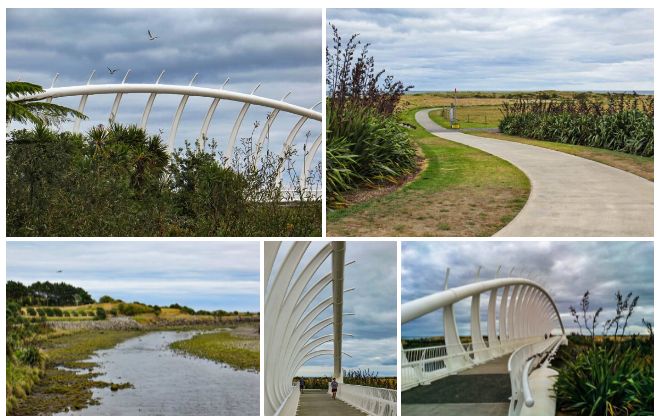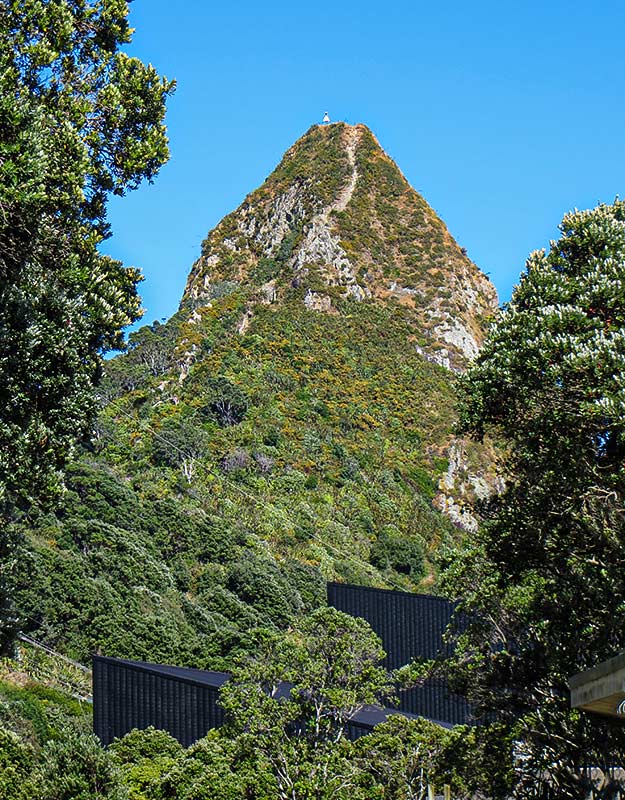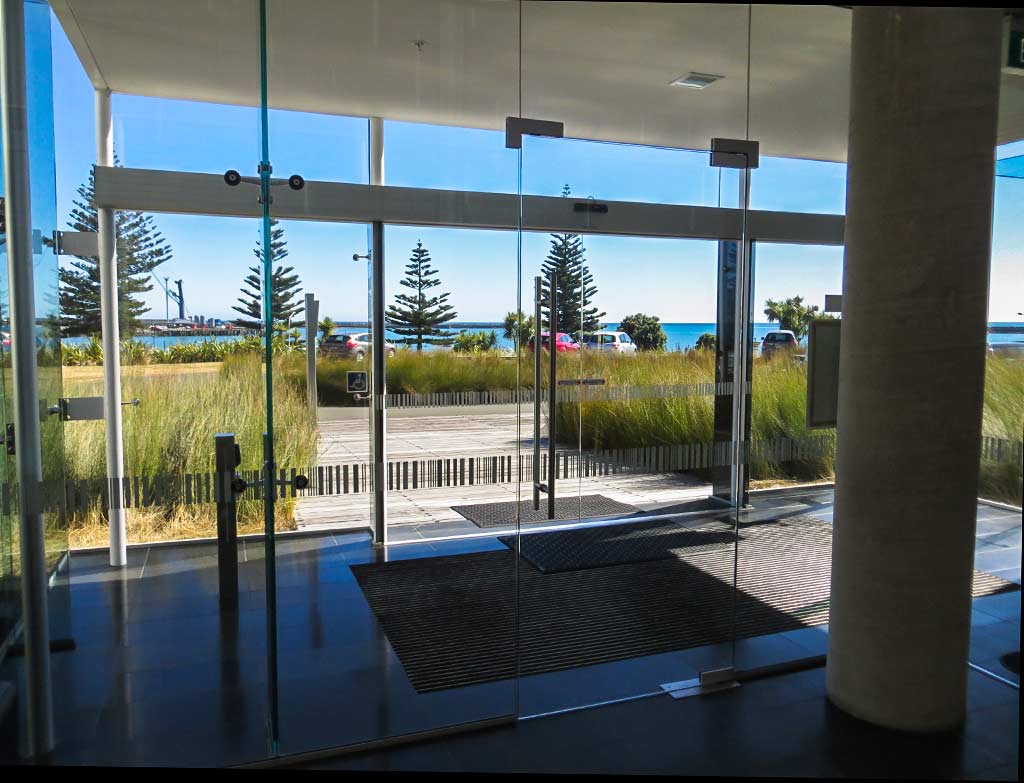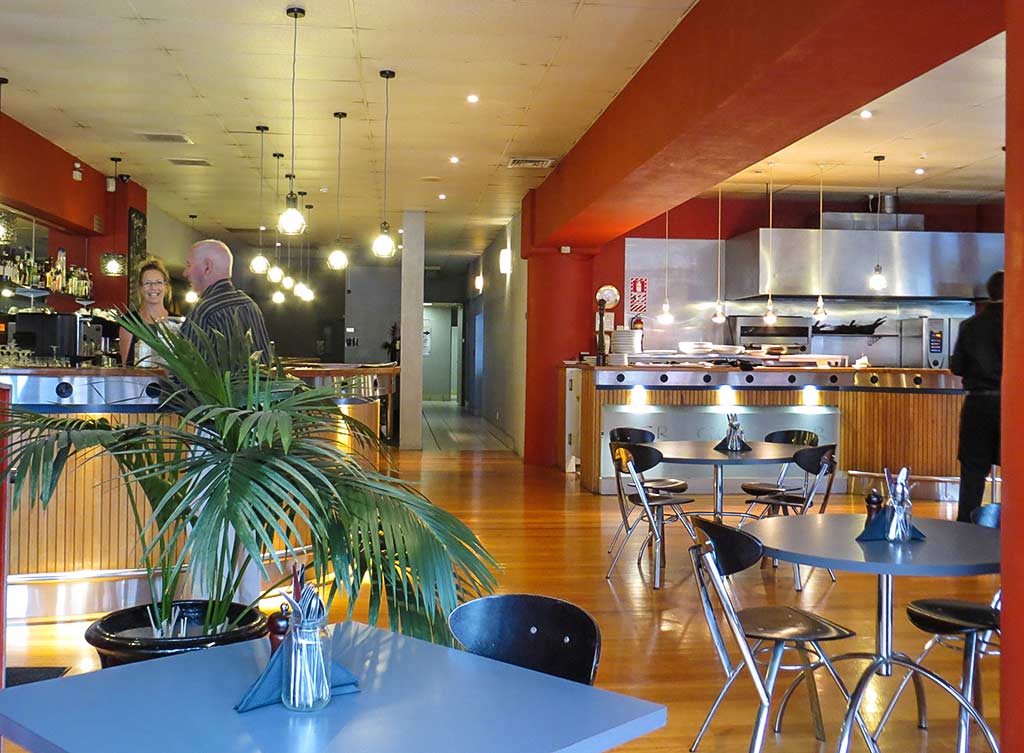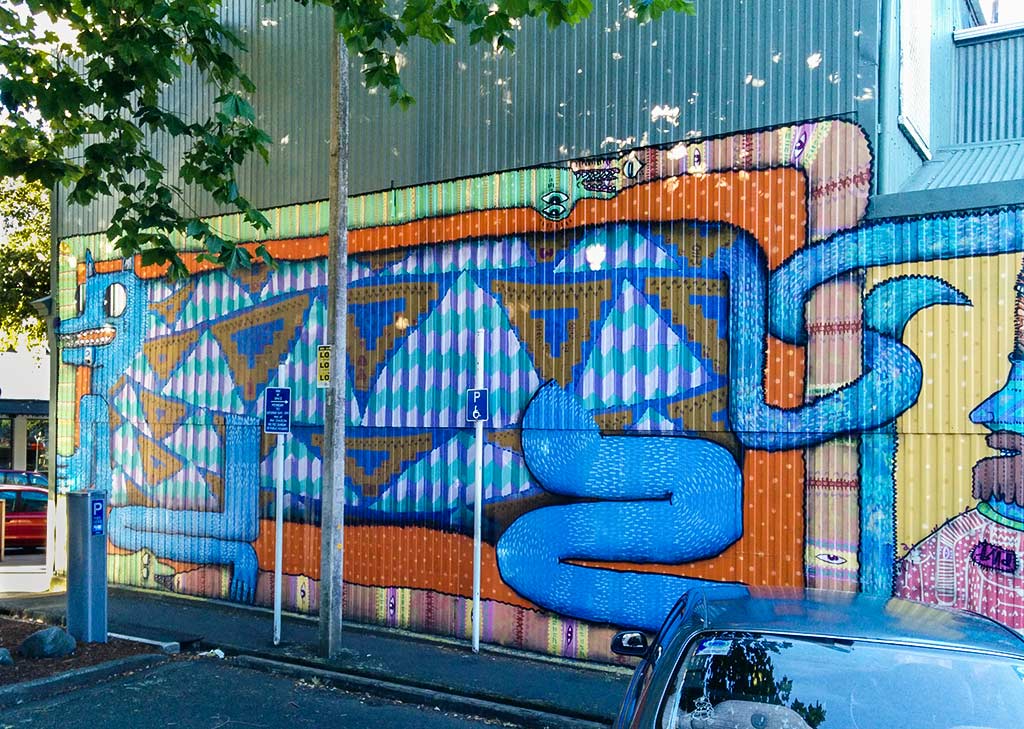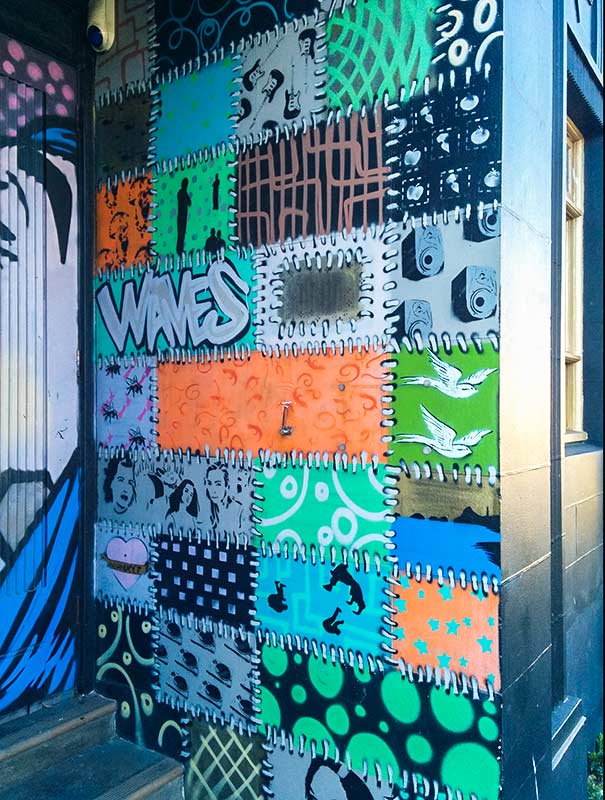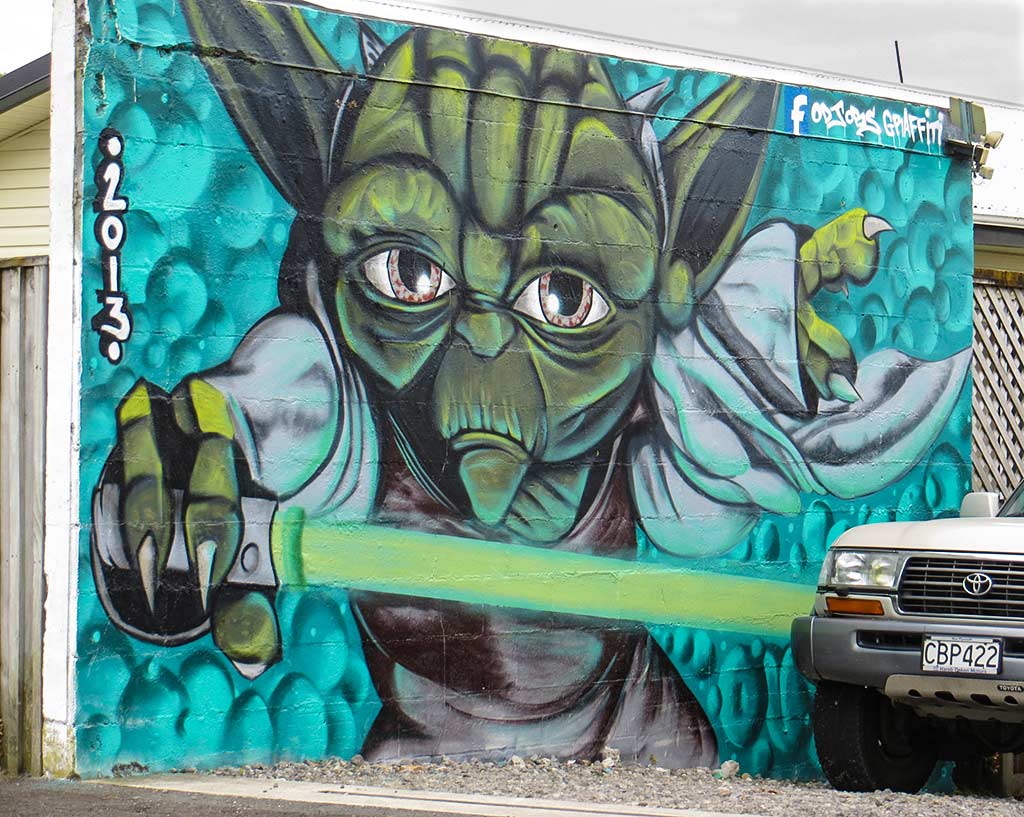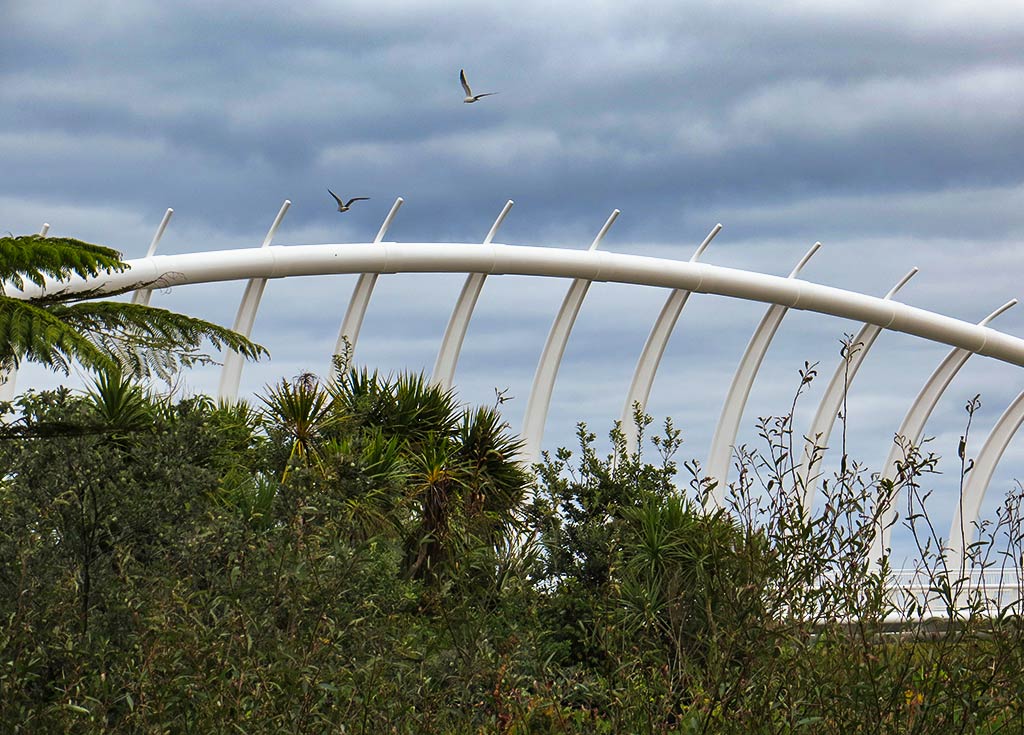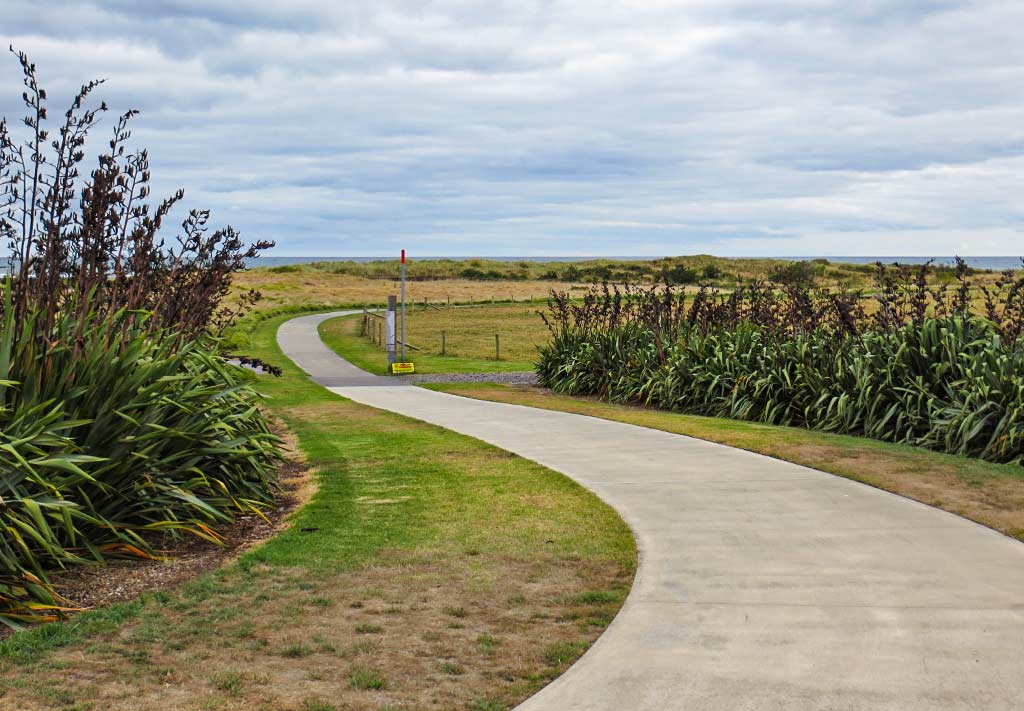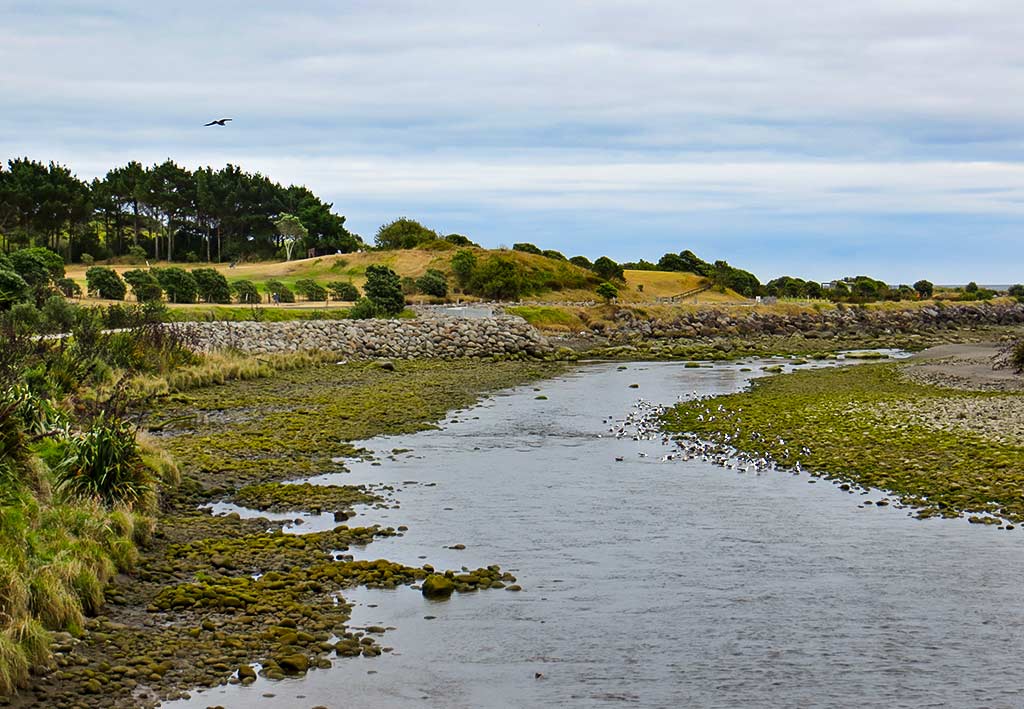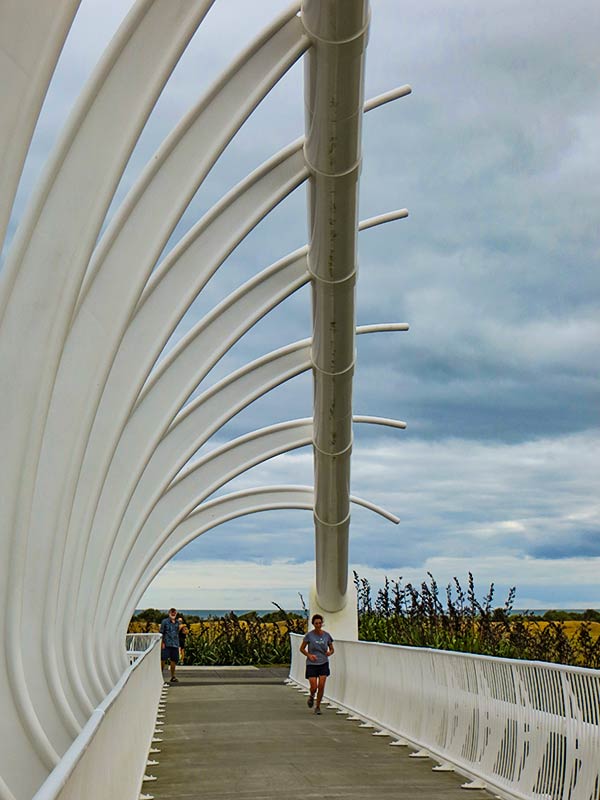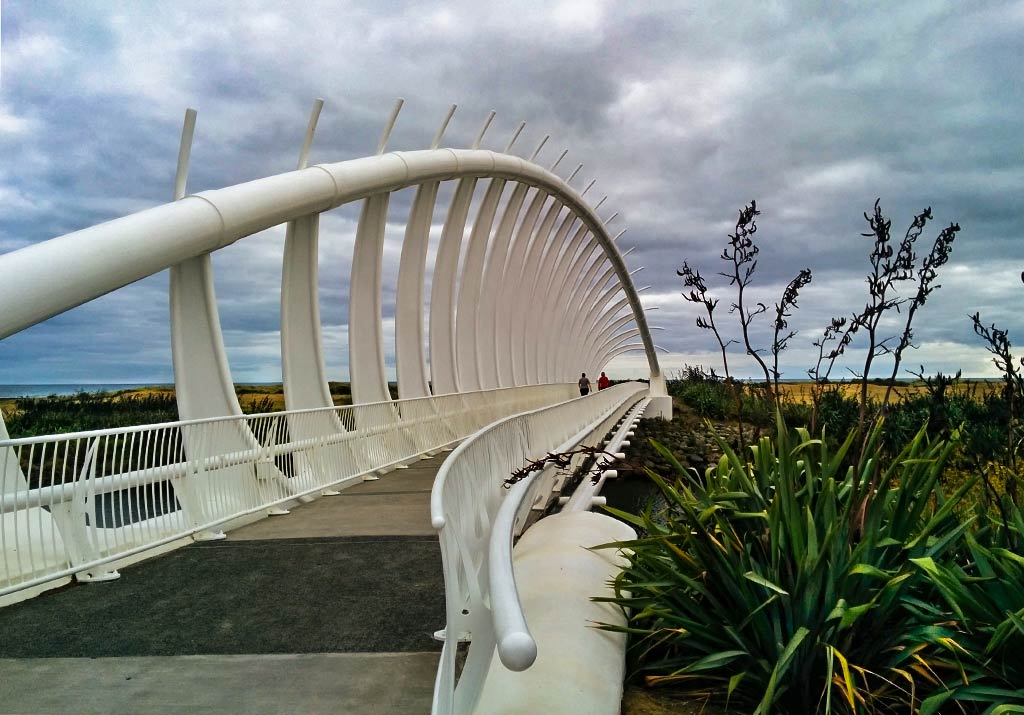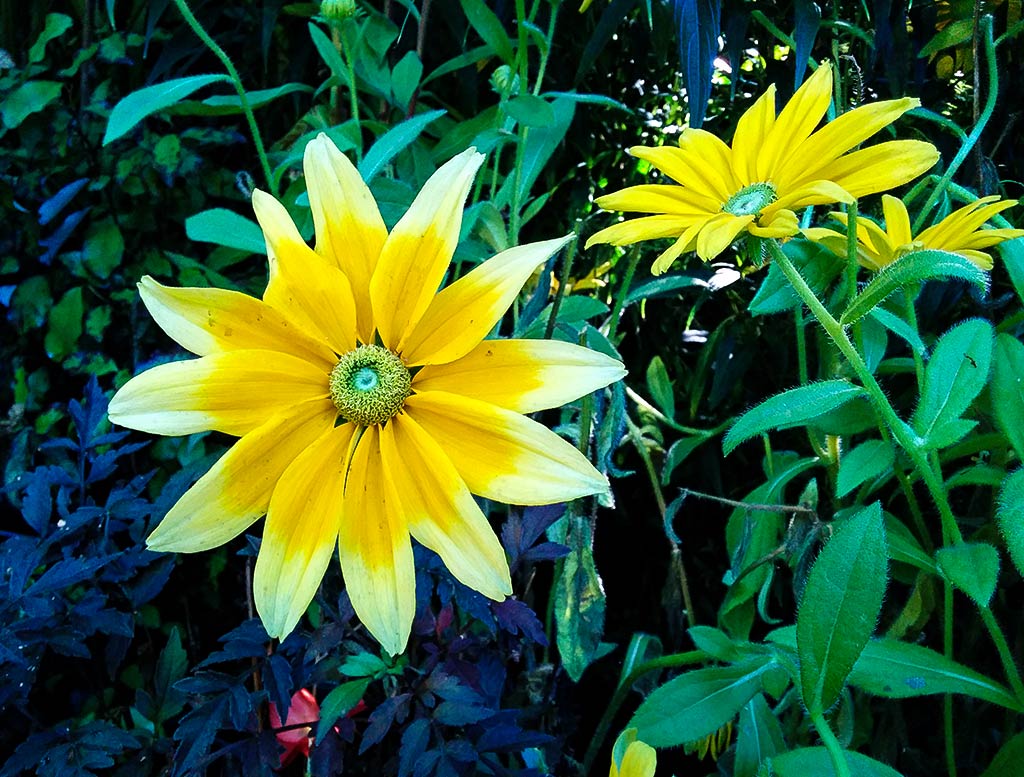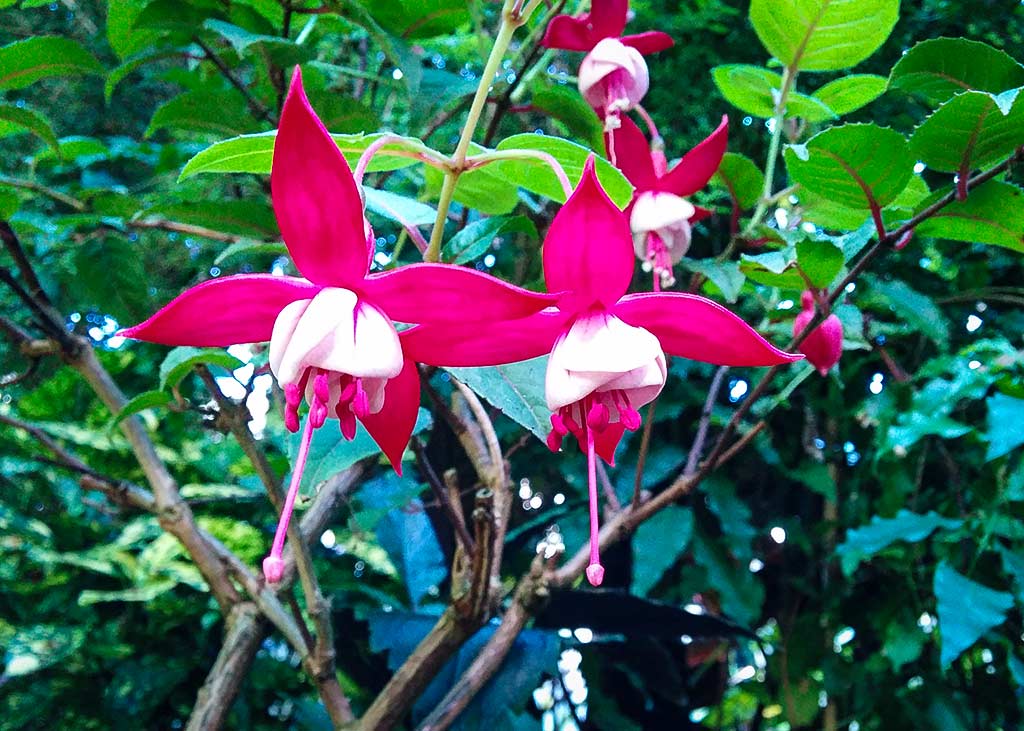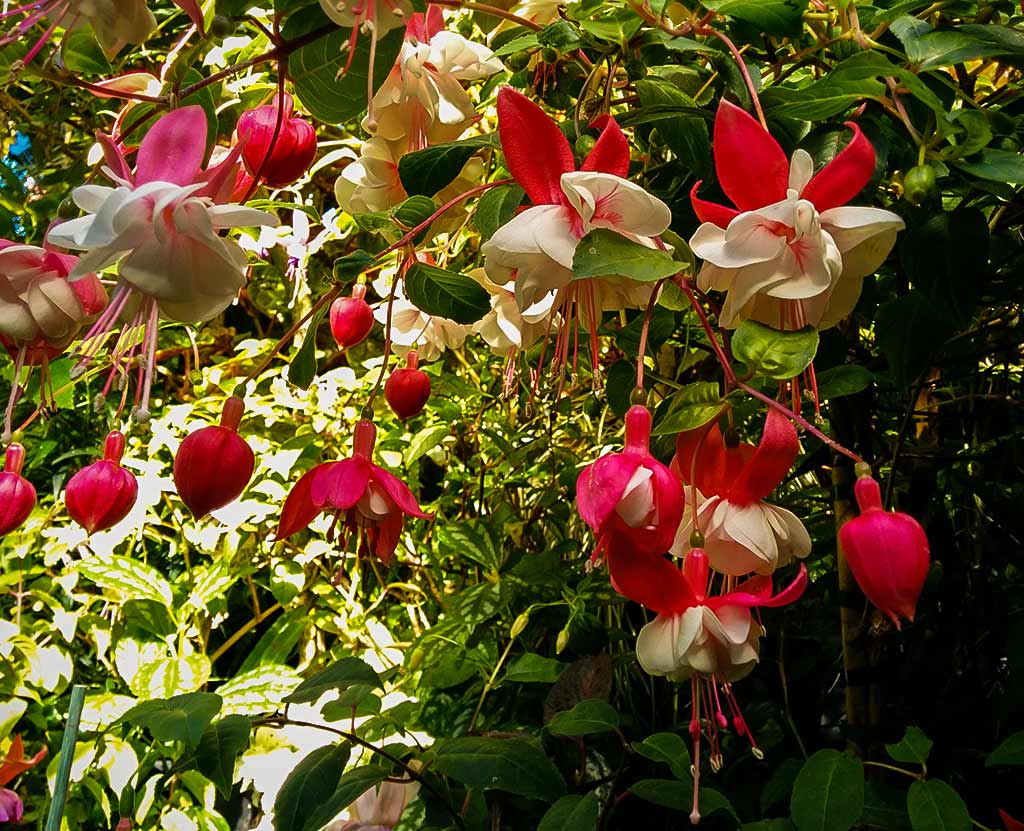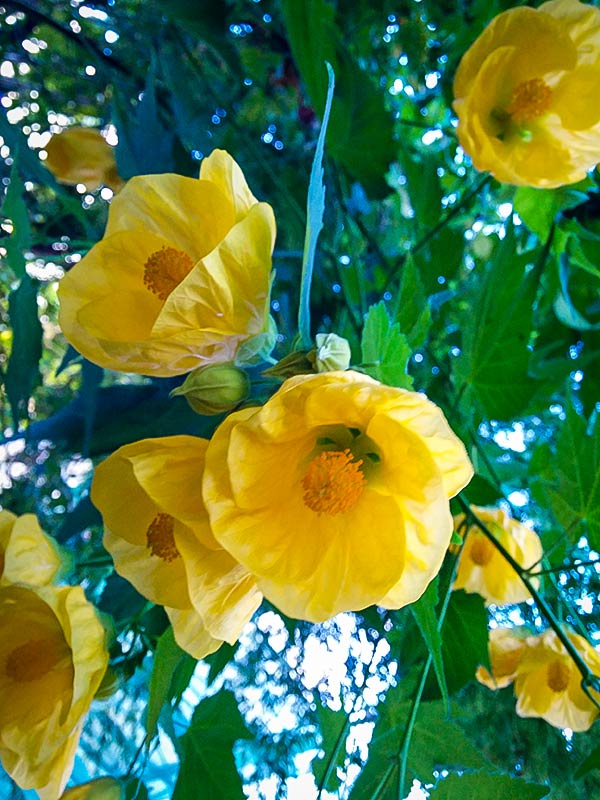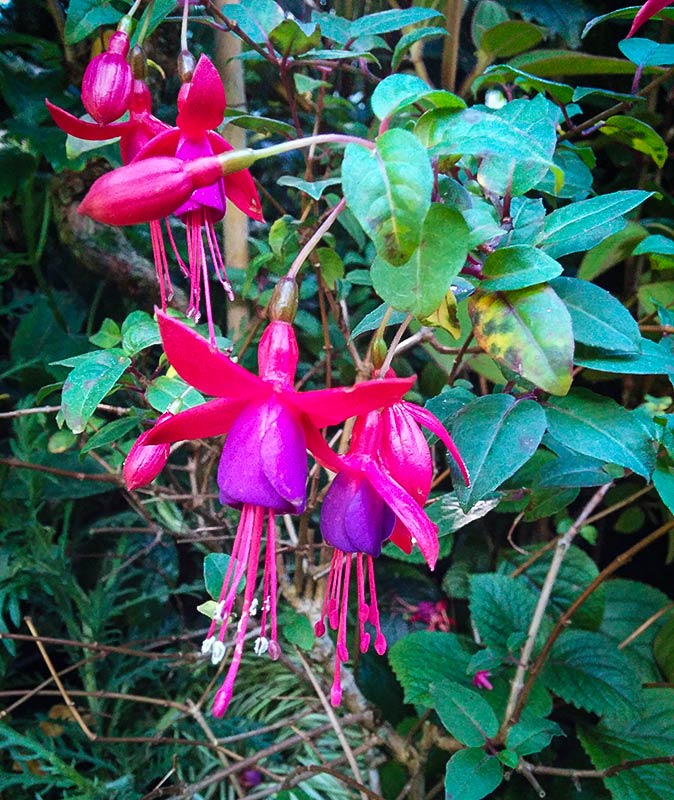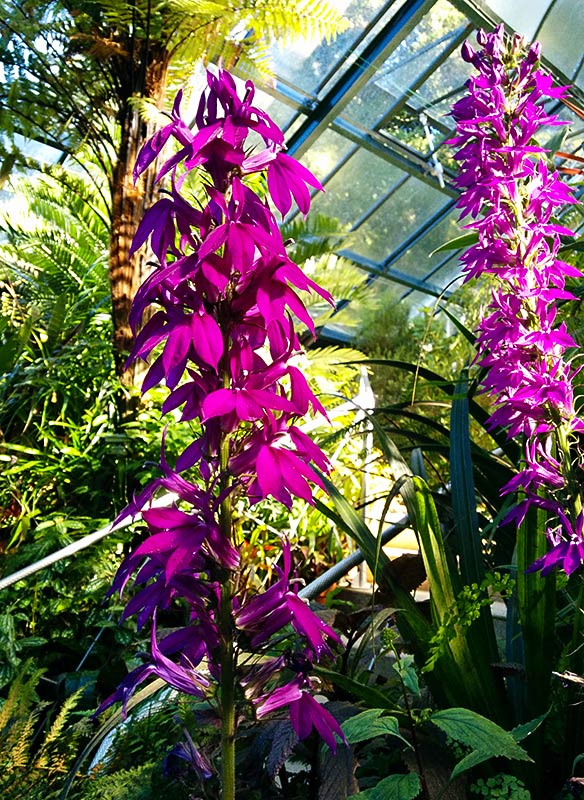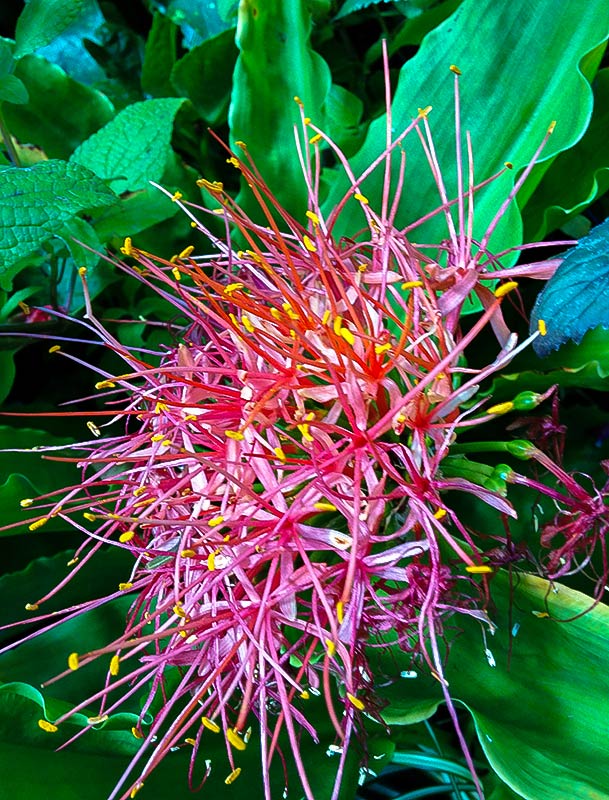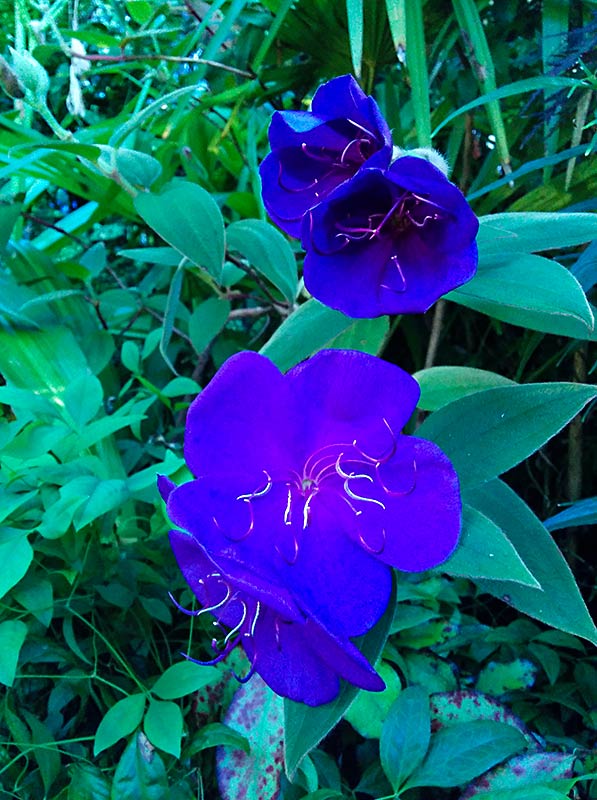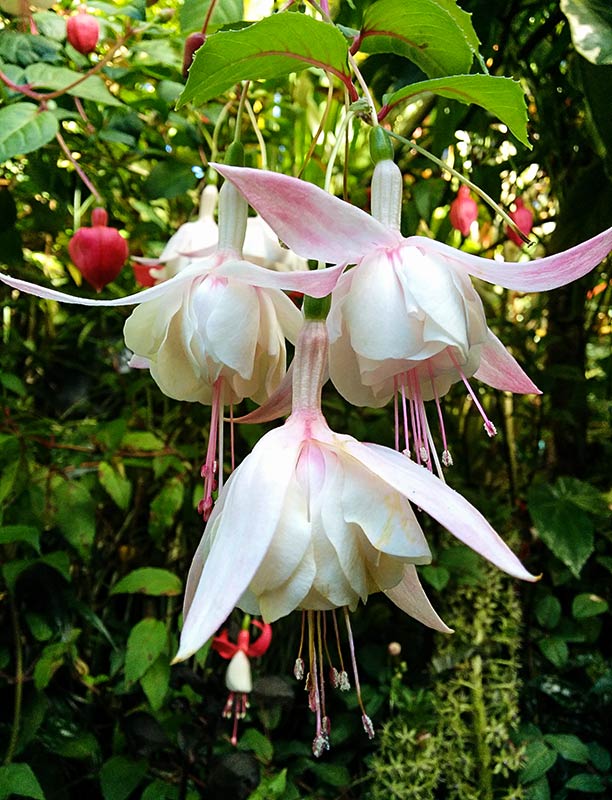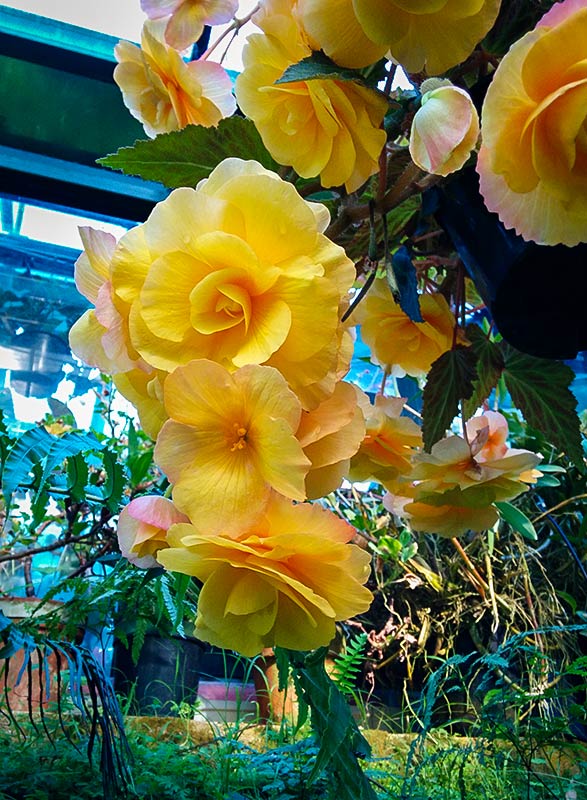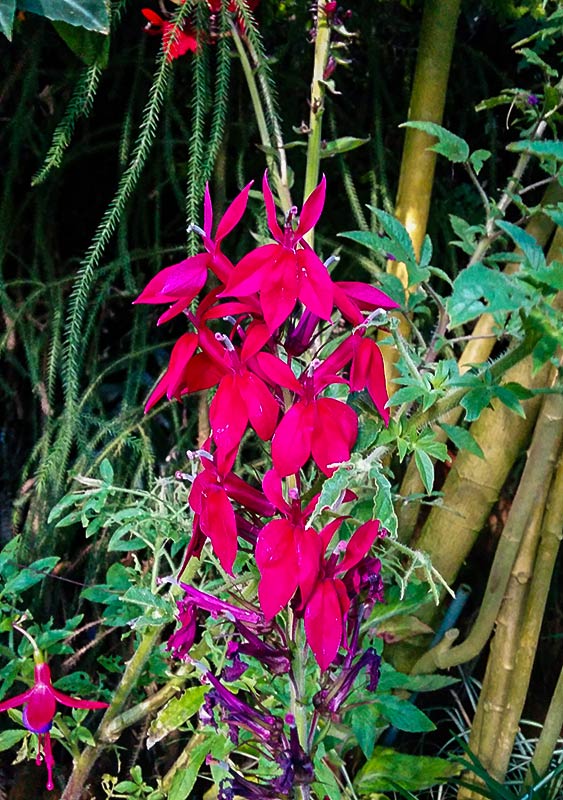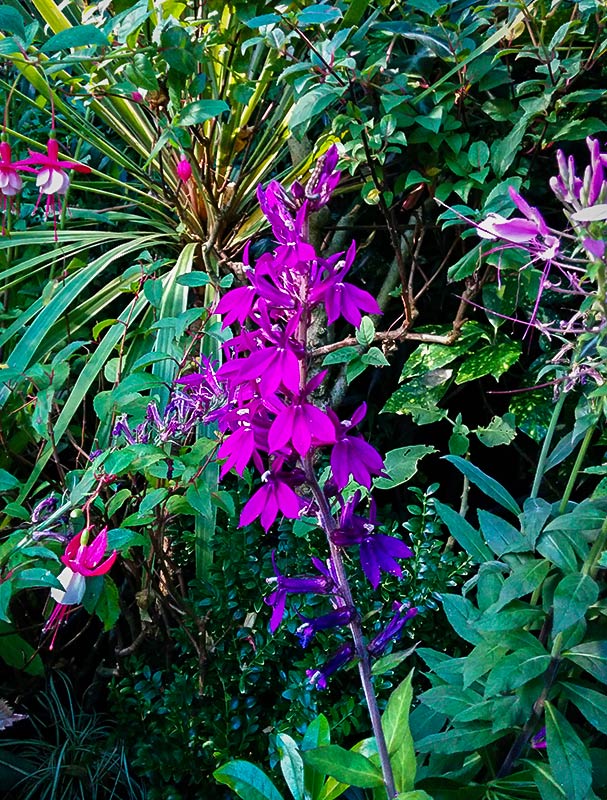March 08, 2014
After another great breakfast at the hotel (salmon eggs benedict), it was time head north. But first we wanted to stop by the Customs Office near the harbor and ask if it were possible for a cruising yacht to check into the country here. We’d looked online and hadn’t found a clear answer.
So we headed over to find the customs office, entering a surprisingly large, modern, corporate-style building. In fact I’ve never seen a customs office in a building like this before. We went to the receptionist to ask our questions, and before we knew it she was arranging meetings and offering to make us coffee drinks. We felt a little intimidated in that we didn’t want to make this “a thing;” we just wanted to ask a question! But we accepted the coffee offer and soon someone came out to interview us before leading us to a different office.
We talked to the people there, and they weren’t sure what the current status was, looking into the rules and finding them unclear. This wasn’t something they were doing at that point, but according to their rulebook, maybe they should be . One man said he’d look into it, and when we decided to return to New Zealand, we should call and ask the status. We assured him we would. In all this was almost embarrassingly formal for such a small thing–I’m surprised they didn’t call the prime minister. They were all very nice, but I was just as glad to get out of there before this turned into a board meeting with corporate higher ups.
After our customs visit, we went to get a good look at an iconic New Plymouth sight: Paritutu Rock. This rock monolith marks the SW corner of New Plymouth, with Port Taranaki/New Plymouth on its north side and the beginning rural/wilderness beaches stretching down from its south side. At 500-feet high, this impressive rock is actually a piece of an ancient volcano’s rim, while small islands just offshore are other remnants of this rim. Of course one can climb Paritutu Rock, but we already had enough on our plate for the day and decided to head on.
Below, photos of Paritutu Rock, the view looking out form the lobby of the customs building, our excellent hotel breakfast restaurant, and a few more New Plymouth murals (click on any photo to enlarge).
Our final stop before leaving town lay near the north end of the Coastal Walkway, an 8-mile walk along the waterfront of New Plymouth. This area of the walkway follows a river through an estuary thick with grasses and bushy plants. It’s lovely, but the key thing to see is the Te Rewa Rewa Bridge. Depending on your perspective, the bridge design can represent whale bones, or a breaking wave, or evoke a sense of wind. It’s also meant to honor the spirits of those who have passed and are buried nearby. If you walk across the bridge, you can turn and see Mount Taranaki perfectly framed under the arch of the bridge. Unfortunately it had gotten too cloudy to see the mountain but we did enjoy looking at this masterful piece of art.
In all, the grasslands, river, and bridge evoke a sort of thoughtful, almost wistful feeling, respectful of things which lay beyond the veil, whether it be spirits, God, unresolved sadness, or dreams yet to be born. It’s sort of a strange intersection of past, present, future and something else. It’s hard to put into words, but it’s not a bad feeling and in fact I could imagine enjoying walking here if we lived nearby.
After the bridge, it was time to head north and return to Tauranga via Waitomo, the Disneyworld of glowworm caves. Below, to add some color to this post, I’ll put in some flower photos from Pukekura Park that Rich took with our newly-acquired smartphone. Frankly, it was disconcerting to me at times that the quality of his phone photos sometimes surpassed my camera.

